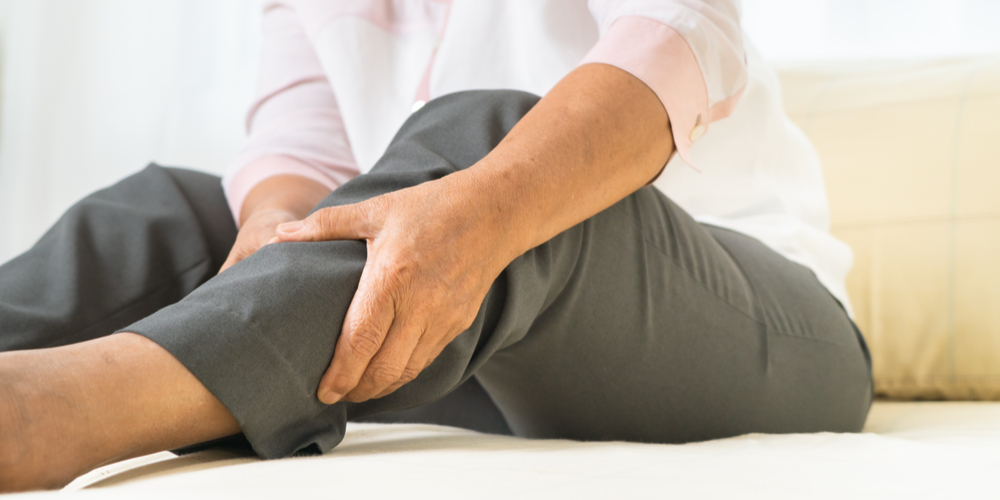
Leg Swelling – Possible Indication of Circulation Disease
One of the most common symptoms of a circulation problem in the leg is leg swelling. The most common circulation conditions that lead to leg swelling are venous reflux disease (also referred to as venous insufficiency), blood clots, varicose veins, and lymphedema. Some forms of venous disease, such as Deep Venous Thrombosis, can occur at any age and can be lethal (if the clots move from the legs to the heart and lungs). And many forms of vein disease are progressive over time. It is therefore very important to get evaluated by a physician should you develop swelling in your legs. An avascular specialist is considered an expert in all forms of circulatory problems. Therefore, if you develop leg, ankle, or foot swelling in one or both lower extremities it is wise to seek out expert opinion from a vascular specialist. They can provide both diagnostic testings as well as offer all potential treatment options for vascular conditions leading to limb swelling.
Common Circulation Causes of Leg Swelling
1) Venous Reflux Disease or Vein Valve Insufficiency
2) Blood Clots – Recent or prior history of blood clots can damage the leg veins
3) Superficial Thrombophlebitis or Deep Venous Thrombosis (DVT)
4) Varicose Veins
5) Lymphedema or lymphangitis
6) Congestive Heart Failure
7) Heart Arrhythmia
8) Cardiomyopathy
9) May-Thurner Syndrome
10) Pelvic Mass Causing Obstruction of Leg Drainage

Evaluation for Circulatory Causes of Leg Swelling
There are many tests available to evaluate for possible circulatory causes of leg swelling. The most commonly performed test is an ultrasound of the leg veins, which is typically performed in a vein center. This test can evaluate for many possible causes of leg or ankle swelling, including evaluation for blood clots, DVT, and venous reflux disease. If you have varicose veins it is advised that you have a special type of ultrasound performed called a venous reflux ultrasound. This study will be able to determine if you have treatable venous reflux disease in the legs. This venous reflux can cause leg swelling as well as progressive varicose veins of the legs, ankles, and feet. Another common test is a D-dimer blood test which is a screening test for blood clots.
Other imaging studies are sometimes indicated to workup possible circulatory causes of leg swelling. This may include an MRI or MR venogram of the pelvis and legs. It could also include a CT scan or CT venogram of the pelvis and legs. These are detailed 3-dimensional imaging studies of the venous circulation of the pelvic veins and legs veins. They can help diagnose proximal blood clots in the pelvis or legs leading to swelling. It can also help to diagnose any abnormal compression of the venous or lymphatic circulation in the pelvis from tumors, malignancy, or lymphatic diseases. An MRV or CTV can also diagnose a condition called May-Thurner Syndrome that can cause chronic leg swelling or acute deep venous thrombosis.
If your physician is concerned about possible lymphatic problems causing your leg swelling, he/she may possibly recommend Lymphoscintigraphy. This is a special type of imaging test to evaluate lymphatic drainage of the legs and pelvis. If you have foot swelling in addition to leg swelling, then it is more likely that you have problems with your lymphatic system. This could be secondary to lymphatic obstruction or lymphatic damage from prior infections. There is also an idiopathic form of lymphedema that does not have a known cause.
If your physician is concerned about a possible heart condition leading to your limb swelling, then an echocardiogram or EKG of the heart would be recommended. Significant heart dysfunction such as cardiomyopathy, congestive heart failure, or arrhythmia can present with leg swelling. This is most commonly bilateral and symmetric swelling that tends to be most pronounced in the ankles and lower legs.
If Leg Vein Disease is Causing My Swelling, Can This Be Fixed?
Often the answer is yes. And often the swelling can be cured completely. This is particularly true if you are diagnosed with superficial venous reflux disease or superficial venous insufficiency. This is a common and potentially curable cause of leg and ankle swelling. Other venous conditions such as May-Thurner Syndrome and blood clots can also be cured on many occasions. May-Thurner Syndrome is typically cured by the use of a stent. Blood clots can be cured with specific blood-thinning medications. Depending on the cause and severity of your vein condition, sometimes the disease can be cured completely and other times it can be made much better with medical therapy or therapeutic interventions.
For more information about the evaluation of leg swelling, please call our Vein Center at (512) 220-5401.


